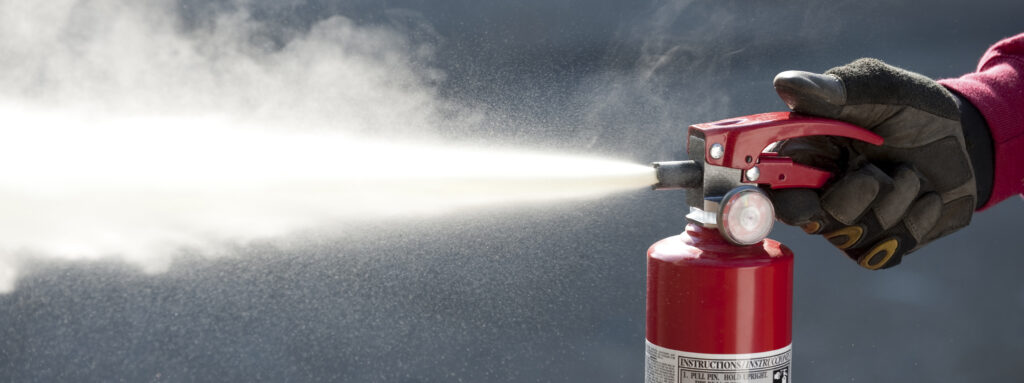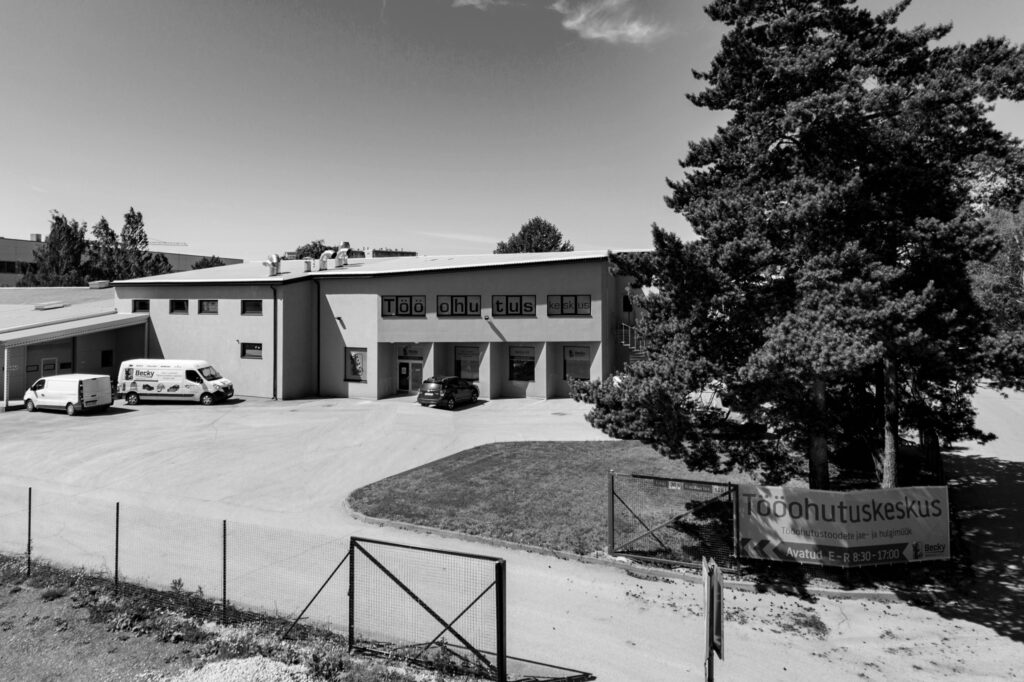SELECTING, USING AND CHECKING A FIRE EXTINGUISHER

To avoid an accident, fire safety at home and at work must be taken very seriously. An essential part of the fire safety is a fire extinguisher that meets the conditions. Janno Pajupuu, group leader of the Lilleküla rescue unit of the Northern Rescue Centre, tells us more about what to look for when choosing a fire extinguisher.
“Before choosing a fire extinguisher, it is important to bear in mind that it is a first extinguisher intended only for initial response,” Pajupuu stresses, adding that further selection and use principles depend on the material already burning. “Powder, CO2 and foam extinguishers are the most common.”
The choice of extinguisher depends on the burning material
- The most universal extinguisher for extinguishing Class A, B and C (solids, liquids and gases) combustibles is the powder extinguisher. Powder extinguishers can also extinguish live electrical equipment up to 1000 volts, but make sure that the distance is more than one metre.
- Special powder extinguishers are available for Class D combustibles, i.e. metals. Why powder? Metals have a combustion temperature of more than 1800 degrees. At this temperature, the water molecule breaks down, which means that metals cannot be extinguished with water.
- For extinguishing class F flammable substances, i.e. grease, special extinguishers are available. Flammable grease can be extinguished with a powder extinguisher, but this may not be very effective if not handled correctly. This is because burning grease can splash onto nearby surfaces, thereby increasing the spread of the fire.
- A foam extinguisher is best for domestic use. Its extinguishing agent will not spread, but it is more likely to damage electronic equipment. A powder extinguisher can also be used in the home, but be aware that it can leave a room full of powder, which is a nuisance to clean up. In addition, the powder is not good for electronics.
- For sensitive materials (electronics, documents, etc.), a CO2 extinguisher should be used, which is a gas extinguishing agent. A CO2 extinguisher will not smear or wet the objects to be extinguished.
How to use an extinguisher?
According to Pajupuu, the procedures for use are the same for all extinguishers. “First remove the splint, then aim and press the trigger. The instructions are also written on the extinguisher if you feel unsure and are not sure how to use it,” explains Pajupuu.
NOTE: A fire extinguisher is not compulsory in the home, but it is strongly recommended. The placement of fire extinguishers is regulated in Article 5 of the Ministry of the Interior Decree.
How often should extinguishers be checked?
“Outdoor fire extinguishers should be checked at least once a year, while indoor fire extinguishers should be checked every two years. Fire extinguishers are maintained by authorised companies,” says Pajupuu.
Pajupuu also stresses that extinguishers should be kept in a stable environment that is not too humid or subject to drastic temperature fluctuations. “A fire extinguisher has a lifespan of about 10 years. One of the indicators that an extinguisher is getting tired and may no longer be adequate is a rusty or deformed outer surface. In the case of powder extinguishers, it is important to make sure that the pressure gauge reading is within the range marked in green,” stresses Pajupuu, adding that in general, the control range is set so that nothing should happen to a properly maintained extinguisher within this time.
If you have further questions, please contact us!










Follow us on social media:
Join our mailing list! Sign up to receive email updates on new products, special offers and more.